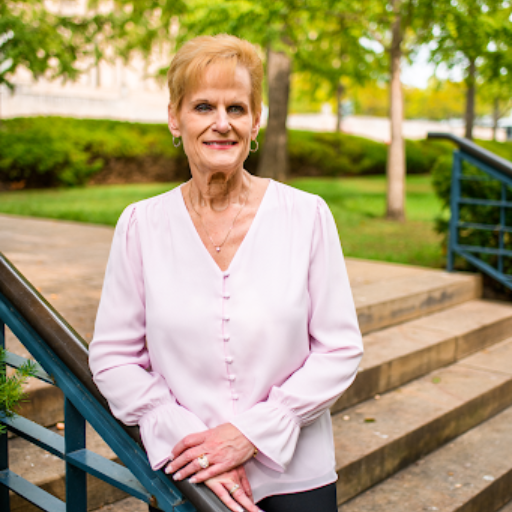
The Most Powerful Traits of a Healthy Leadership Culture You Need to Know
Most any church I work with reports a desire to build up their leadership. When they reference leadership, they point to committee members, administrative committee chairs, staff, and sometimes ministry team leaders. They often want people to more readily step up to serve. Yet, there are a considerable number of churches that are struggling to find people willing to step into leadership positions.
The gap in leadership can frequently be traced back to a church’s leadership culture. The leadership culture in a church is most defined by how leaders are identified, recruited, equipped, and deployed. In the United Methodist tradition, this is the responsibility of the Committee on Nominations and Leadership Development. In my experience, the practices, time commitment, and equipping of the Nominations Committee are very limited. Through the modeling of previous committee members, the nominations process tends to be more arm-twisting and supplying names for the district paperwork than anything else.
What traits are present in a healthy leadership culture? There is no one magic trait for this culture; it’s a layering of multiple traits. It is an intentional process, emphasis, and way of being that creates a healthy leadership culture. Here are some powerful traits of churches with a healthy leadership culture:
The Committee on Nominations and Leadership Development serves, leads, and invests in leaders throughout the year - not just during the nominations season.
There is a leadership development process to help people identify and discover their gifts, passions, and strengths and how to engage them in ministry.
The congregation has job descriptions for every leadership position which include the responsibilities, authority, and who they are accountable to for support, encouragement, and accountability.
People are the focus rather than leadership positions. Leadership vacancies are not the driving force and expectation for leaders to step up. Instead potential leaders are matched with the ministry that best fits their gifts, passions, and strengths.
Leaders do not serve because of their “right to a position” only because their family name is on the church’s monument or a gold plaque on a donation.
The emphasis, importance, and focus is placed within ministry leadership (serving on teams which help people grow as disciples and reach new people) rather than administrative leadership (i.e. administrative council, finance, staff parish relations, trustees).
If there is no one interested or equipped in a ministry area, the ministry is paused or stopped.
There is a line item in the budget for leadership development beyond the pastor’s continuing education. Churches invest in their leaders and potential leaders at all levels.
Leaders are empowered and provided authority and responsibility with accountability for their ministry area through guiding principles. There are not multiple meetings required to gain permission to lead in their ministry area.
Any paid staff do not have the responsibility of carrying out the ministry. Staff are hired to identify, recruit, equip and deploy leaders. Hiring staff to do the ministry for leaders creates an unhealthy and lazy congregation.
There is an understanding of the difference of the skill sets and personalities for a team member and a team leader. Both are needed and people serve in ministry areas that best fit them.
Congregations with healthy leadership cultures have leaders volunteering to step into leadership. Leaders see their leadership as part of their discipleship formation and calling. Congregations with healthy cultures raise up leaders who not only serve in ministry, but they see the opportunity and responsibility to raise up leaders to serve the greater community, too. Having a healthy leadership culture is present when raising up, developing and forming people in the image of Jesus is the focus and priority rather than simply filling traditional roles.
How would you rate your church’s leadership culture? Which traits from the list above is your church practicing? Which traits might you consider developing? What is your next step in building a healthier leadership culture in your church?
